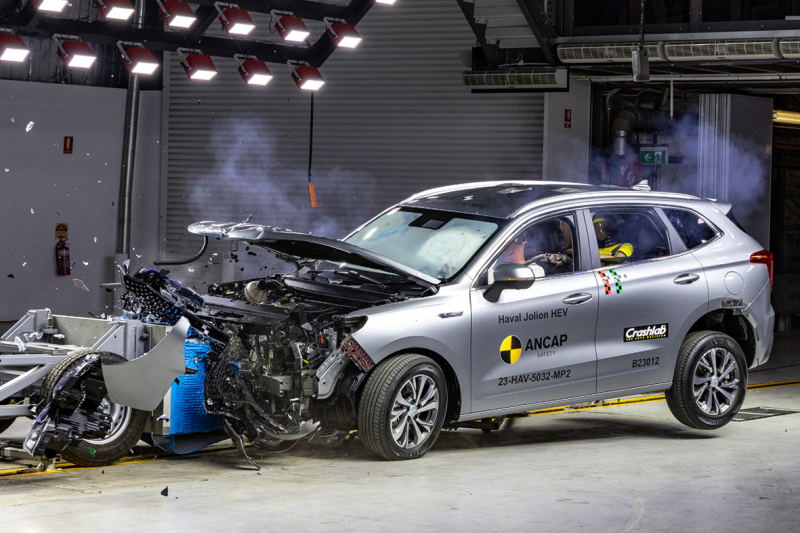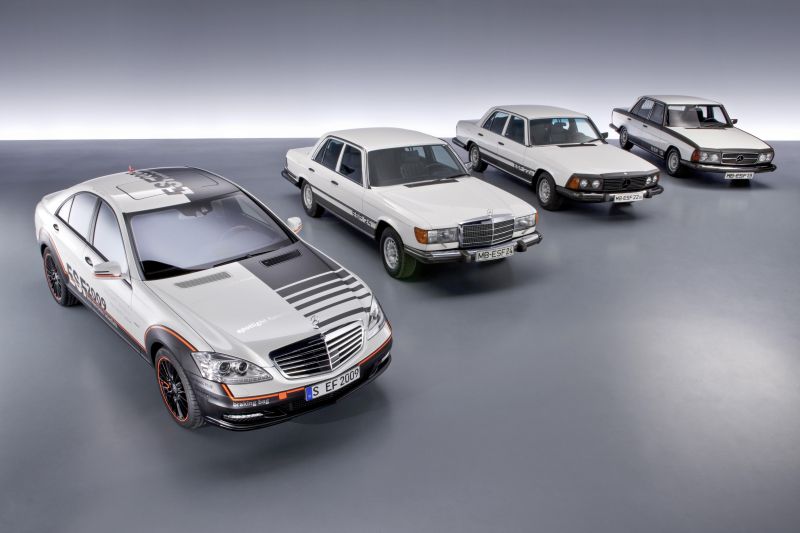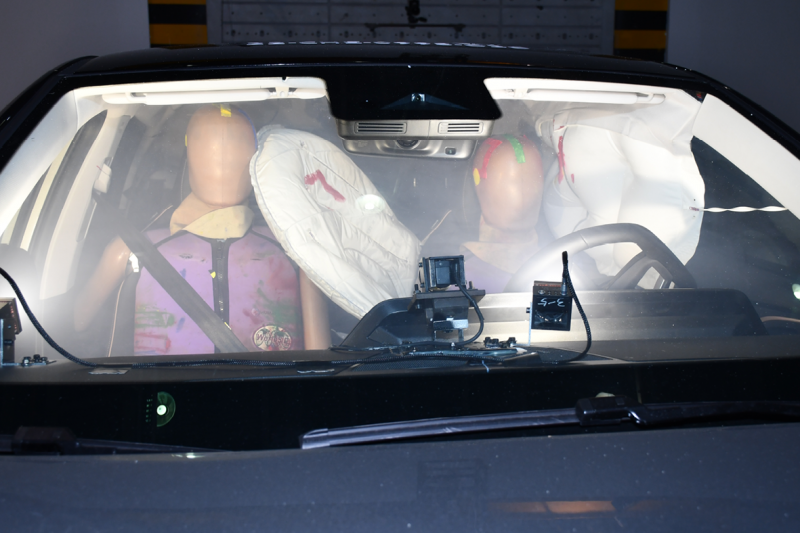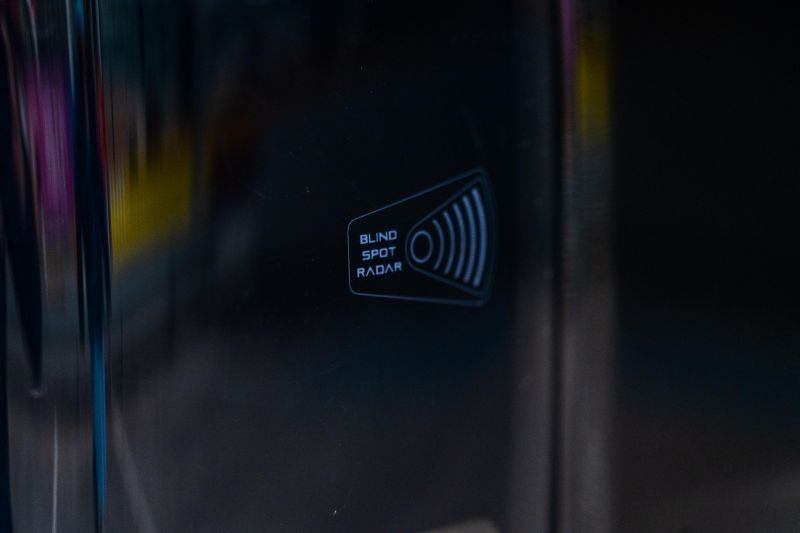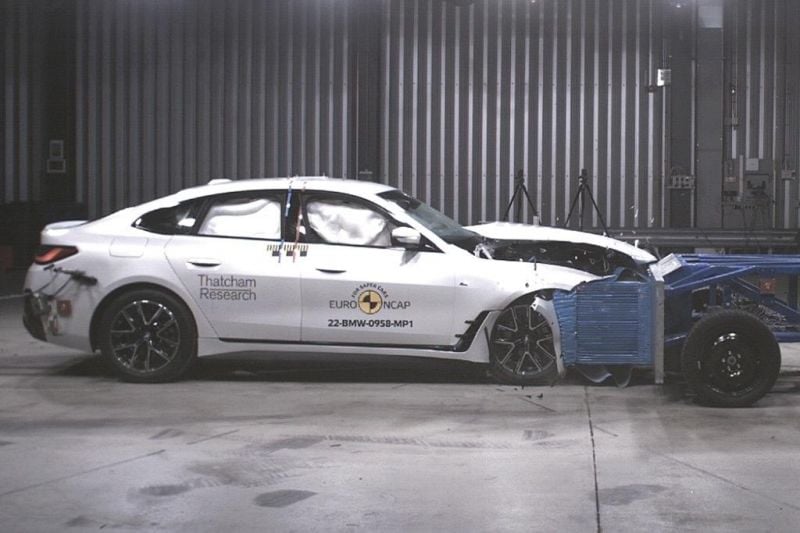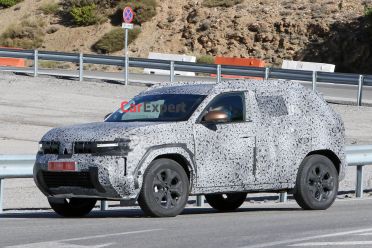When ANCAP invites Australian journalists to witness a laboratory crash test you know it’s going to be bad news – for the carmaker.
It’s part of the process of positioning the Australasian New-Car Assessment Program (ANCAP) as the saviour for new-car safety in Australia.
There have been several embarrassing crash-test moments for carmakers over recent years in the careful sculpting of the ANCAP message.
That message? Only five-star cars, as judged by ANCAP, are safe enough for Australia and Australians.
But is that true? Does everyone need – or even want – a car that slows automatically to prevent a potential collision with a cyclist, or overrules your decisions on cornering, or prevents you from changing lanes if onboard computers decide the move is unsafe?
More importantly, can they afford a car like that?
The top priority for almost everyone is keeping themselves, and their families, safe in a crash. Does that have to mean a brand-new five-star car?
In the future, five-star cars will also keep the doors operating for two minutes if the car falls into deep water. And who knows what comes after that?
The rules and regulations, as set by ANCAP, get tougher and tougher with the passage of time – and a world with zero deaths on our roads gets closer.
Yet all cars sold in Australia are regarded as safe by the authorities in Canberra. A Porsche 911 has never been tested or rated by ANCAP yet it is still on sale and highly desirable. No one thinks it is unsafe.
Car companies must meet the requirements for a long string of Australian Design Rules before they get approval to sell a vehicle in Australia.
Victoria has also acted alone on several road safety initiatives, starting with the first mandatory use of seatbelts – from 1970 – anywhere in the world.
When ANCAP began in the early 1990s, as only the second organisation of its type in the world, the bedrock was to provide transparent and independent safety results.
Car companies had always done their own safety development and testing, from computer simulations to full-scale crash tests, but none were prepared to share their results with car buyers.
Even Mercedes-Benz, which set the bar – very high – on safety, would not go into detail despite inviting journalists to observe its in-house test work and showing footage of the performance of rival brands in its comparative testing.
The early intent was clear but there was a split reaction as Renault and Subaru broke ranks with the silent majority to promote their ANCAP scores.
“We didn’t want to kill our customers,” one retired Australian CEO recalled of his company’s support of ANCAP in the early days.
But safety was not always a priority at a time when airbags were relatively new and most brands were reluctant to try and charge more for added protection.
When Toyota launched a then-new Camry with only a single airbag – for the driver – the company’s marketing guru, Bob Miller, took a light-hearted approach to the decision.
“If the car dies, the passenger dies too,” Mr Miller joked in reply to a question about the decision.
He was being light-hearted, and no-one in the press pack reported his comment, but it was a reflection of the times.
So the creation of ANCAP was a landmark move and great for anyone who put safety on their list of new car priorities – although consistent marketing research over more than 20 years shows safety is not as important as value, or comfort, or more recently infotainment.
The various NCAP operations around the world have always used a star score, from zero to five, to give an overall ranking and comparative scores, so a shopper could see how their potential purchase was rated overall, and also how it was ranked against showroom rivals.
There was a scale, varying results, and impartial and transparent information. But over time, ANCAP has become a binary system, almost yes-no. Instead of 0-1-2-3-4-5, the star ratings are now regarded as all or nothing, zero or five.
ANCAP has also become about social engineering and virtue signalling.
So if you choose a five-star car you’re a good person. Even if it’s an old car with a five-star rating from the distant past…
Car companies are publicly shamed if they do not produce a five-star result and buyers are always steered to five-star cars – even if ANCAP’s own extensive database does not alert people to the changes in the scoring systems and test processes over the years. So a five-star car from the past could be way down the scale by the current measurement.
Many business buyers and government bodies have also been convinced by ANCAP that five-star cars should be mandatory as part of their Occupational Health and Safety requirements.
The local operation has even taken a tougher stand than Euro NCAP, which does much of the heavy lifting on new models and produces the scores from its on-the-ground testing. ANCAP publishes those scores and uses identical crash protocols. It does some crash testing in Australia, but nowhere near as much as Euro NCAP.
Yet a four-star ANCAP car will be described as “falling short” or “adequate” for Australia, while exactly the same result – derived from the same test – will be an “overall good performance” in the Euro NCAP results.
Looking at the background to Euro NCAP, its requirement for a four-star car is quoted as: “Overall good performance in crash protection and all-round; additional crash avoidance technology may be present”.
Even a three-star result means “At least average occupant protection but not always equipped with the latest crash avoidance features”.
But that approach is not remotely mirrored in five-stars-or-nothing Australia.
In the case of ANCAP, it now takes a 70 per cent score in the Safety Assist category – which is mostly about about computerised systems to avoid danger – to reach a five-star ranking. The bar is also set at 70 per cent for Vulnerable Road User Protection, including pedestrians and cyclists.
So what is ANCAP about and who does it serve? Is it now making a genuine difference, or just driving forward on its own agenda?
“I have no idea what it is doing with its time and money,” a former chief of ANCAP recently told CarExpert.
The answers look obvious and it’s a dangerous move as the sharp edge of road safety is moving away from many of the vulnerable people the ANCAP system was intended to help and protect.
Not everyone can afford five-star ANCAP safety in 2023 and the cost of achieving the top score is growing and being passed to consumers.
Renault-owned Dacia, which intends to launch in Australia in 2025, has already flagged a potential plan to settle for a three-star ANCAP rating to hold the price line on its value contenders.
Safety is still a high priority and safe cars should be praised, but the road toll in Australia is rising despite the safest cars ever seen on the country’s roads.
ANCAP clearly has a role, but has it overstepped its mandate?
Right now, a five-star ANCAP score is celebrated and trumpeted, and anything less is mocked and criticised.
When the result is really bad, then it’s time to call in the vultures of the press so they can pick over the carcass.

